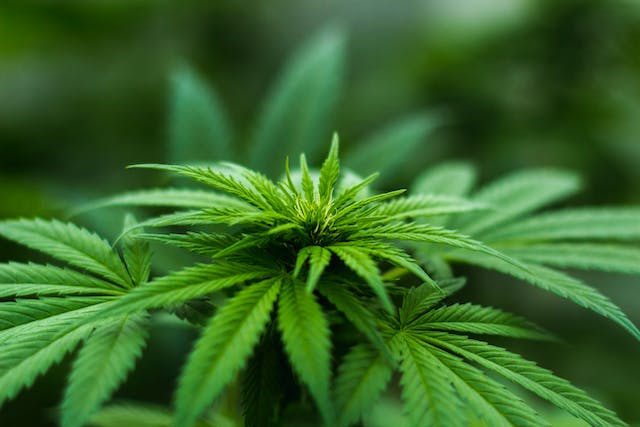Cannabis seeds contain the genetic material necessary to grow cannabis plants. They come in many varieties. When grown properly, the seeds produce plants with differing cannabinoid contents used for various purposes. With an understanding of cannabis seeds, one can cultivate desired strains and obtain preferred effects.
Cannabis Seed Anatomy
If you want to buy cannabis seeds, you need to know what to look for. Cannabis seeds consist of an outer shell, endosperm, and embryo. The hard outer covering protects the interior components from damage and insect invasion. It also contains inhibitors to prevent germination before optimal conditions arise. The endosperm makes up the majority of the seed’s weight and provides nutrients to help the embryo initially germinate and break through the shell. These nutrients allow initial root and early leaf production until the seedling can undertake photosynthesis. The embryo then relies on stored nutrients to produce the expansive root system needed for optimal growth.
Germination Process
Germination begins when the hard shell softens and splits open in response to moisture, warmth, root emergence signals, and internal hormone fluctuations. This allows the radical to breach through the shell, which marks the initial root formation that begins absorbing moisture. Next, the hypocotyl elongates, arching upward and pulling the young root downward. This draws the cotyledons, which supply the initial nutrient needs, further above ground. The epicotyl then extends upward to form stems and leaves while the radicle grows branching roots downward forming the larger root ball below. With adequate water, oxygen, warmth, and light, photosynthesis initiates, transitioning the seedling from reliance on the stored endosperm and cotyledon food to gaining energy from light.
Cannabis Strains
Cannabis strains describe the myriad chemical makeups and effects of the many genetic varieties available today. The characteristics and qualities of a cannabis strain depend mainly on the inherited quantities and ratios of the primary cannabinoids – most notably, THC, CBD, CBG, CBC, and CBN. These chemicals contribute to the wide spectrum of recreational, medical, psychoactive, and curative effects cultivars can provide.
For recreational use, higher THC options like Sativas produce invigorating, euphoric reactions. Higher CBD descendants like Indicas offer more relaxing body effects that relieve pain, inflammation, or anxiety. By understanding strain lineages and typical cannabinoid content, growers can identify likely effects from strain types labeled on seed packaging or research more before selecting genetics suited to their growth environment and personal preferences.
Seed Selection
Many factors guide cannabis seed selection for both commercial and personal cultivators. Space limitations from indoor, outdoor, and greenhouse set-ups can restrict height, flowering times, and final yields but exact strain choices remain largely personal. Growers must determine the exact THC to CBD ratios and cannabinoid levels wanted along with deciding the energetic versus sedative overall effects preferred.
Feminized seeds guarantee no male plants that cannot flower and produce usable cannabis. Autoflower strains automatically transition from vegetative stage to flowering regardless of light cycles. High-CBD options cater more toward medical versus strictly recreational markets. Some decorative selections highlight colorful foliage and unusual forms over very high THC output.
Once the necessary characteristics are outlined for a grow, reputable seed banks provide quality tested and stabilized genetics, safely and discreetly packaged to retain viability over shipping times. There are detailed descriptions of lineage, typical effects, and expected performance to inform selection. Ordering seeds from domestic sources when possible reduces legal risks and transit times, while discreet shipping prevents nosy inquiries.
Cannabis seeds offer growers large varieties of strains boasting different chemical profiles from adjusted genetics. With so many types available, growers can select options aligned with their required potency, CBD content, growth patterns, and desired effects. From anatomy to strains to finally sourcing quality seeds, one can make informed selections for a successful garden of their choosing.




Comments are closed.